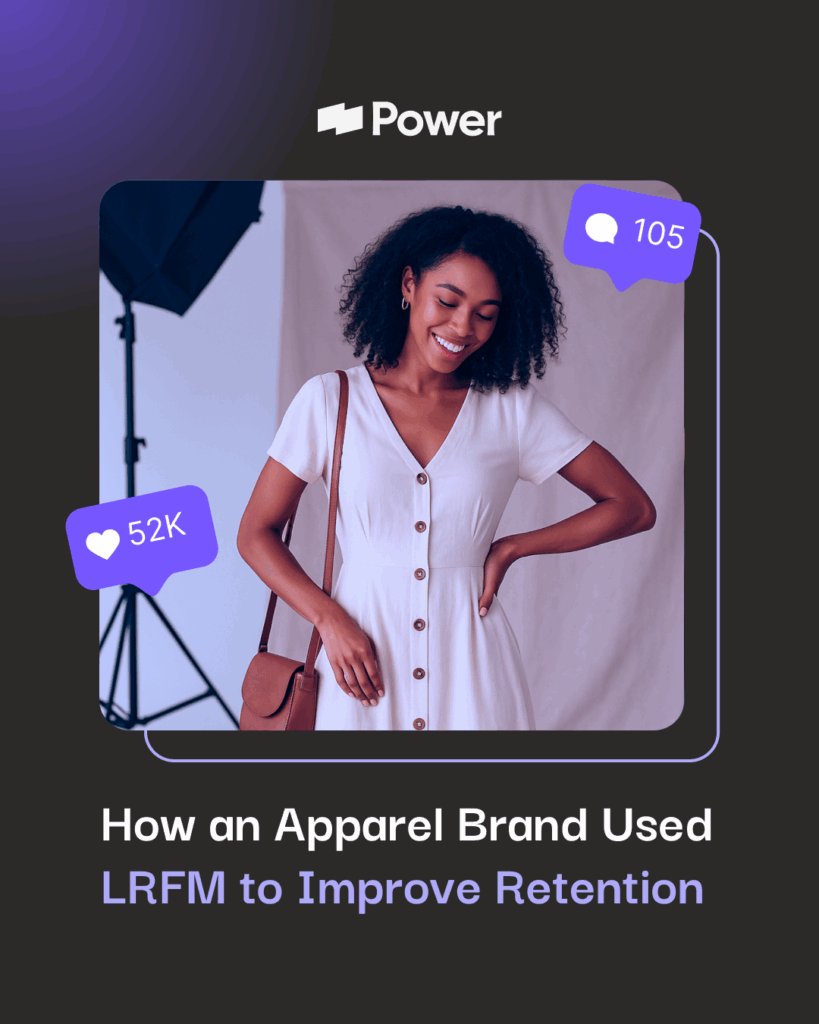The way we access the Internet has changed significantly over the last ten years. Over that time, we have seen a steady and inexorable rise in the number of people accessing the web via a mobile device – and this has implications for website developers and marketers.
Microsoft announced that we are now living in a “mobile first” world back in 2014. And it’s certainly true that increasing numbers of web users are accessing the Internet using a mobile device.
According to marketing consultancy Smart Insights, in the US, 51% of our digital media time is now accessed via a mobile device; this is significantly higher than digital media time via desktop which now lags behind at 42%.
Related: Responsive Design vs. App Development: Weighing the Options
A recent report published in Search Engine Land stated that mobile searches in the US equate to roughly 58 percent of overall search query volume.
These statistics make it clear that marketers, web designers, and managers need to be planning for mobile when creating their websites and online strategies.
Dedicated Or Responsive?
Fundamental to putting mobile first are the decisions around how to ensure users get a good experience when visiting your website using a mobile device.
There are two ways to do this:
- Create a dedicated mobile website to which visitors who are using a mobile device can be redirected
- Ensure that your website is “responsive” – so that the same content is served up optimized for the device through which a visitor is accessing the site.
Choosing between a dedicated mobile website and a responsive website has implications for user experience, search engine optimization (SEO), and cost, as well as practical implications for build, maintenance, and content management.
So, what should marketers bear in mind when deciding whether to build a separate dedicated mobile site or a responsive website?
What Is A Dedicated Mobile Website?
A dedicated mobile website is completely distinct from your main website. Usually, they are housed under a separate URL to your main website – for example, m.yoursite.com. Usually, visitors to the main site would be redirected to the mobile site if they are identified as using a mobile device.
Typically, a dedicated mobile site does not give users access to the full content of the desktop site – since this would require managing the content across both websites; effectively double the work for your content managers and developers.
However, they are designed specifically for use via mobile phones, so you can cherry-pick the content and features that will work best on a mobile phone. This has the potential to create a better user experience by presenting a smaller proportion of the content they could access on the desktop version of your site.
It is, therefore, vital to understanding more about the behavior of your website visitors when they access the site on a mobile device so that you can optimize the content you make available on the mobile site.
What Is A Responsive Website?
A responsive website adapts to the type of device being used to access it. For each visitor, the website will automatically adjust the layout of its content to match the visitor’s screen size. For example, content may be displayed in three-column format for a user accessing the website via a desktop computer, two-column format for a user accessing the website via a tablet or phablet, or in one-column format for a user accessing the website using a smartphone.
A responsive website has the advantage of being the best way to achieve parity of access to content for all visitors to your website, regardless of which device they are using to access it.
This has obvious advantages in terms of the development and maintenance costs of developing a single site vs the main site plus a separate dedicated mobile site, as well as simplifying the content management planning processes.
The Responsive Continuum
In reality, the notion of a “responsive” website is something of a continuum; with some sites being more responsive than others. Some “responsive” sites aren’t fully responsive and will strip out functionality that they can’t render for mobile.
What’s more, some designs lend themselves to adaptation more than others. Even if your website is responsive, you will still need to think about which features of each page should be prioritized and where they should be placed on the smaller screens. Don’t fall into the trap of thinking that having a responsive site frees you from the need to consider usability from the point of view of both the desktop and the mobile user.
It is vital that any responsive website must be tested across all devices and screen types. Fortunately, there are many tools around that can help you do this.
How Does Your Choice Affect Search Engine Optimization?
One of the big benefits of responsive sites is that they free SEO managers from worrying about the impact of redirects or the fact that a dedicated mobile site hasn’t always inherited the rankings of the original desktop version.
However, if there is one thing we know about SEO it is that the rules are always changing.
In recent years, Google has been trying to focus the attention of website managers and developers on mobile traffic. Whereas previously, it viewed pages primarily in terms of their desktop content, Google is now treating the mobile version of each page as the primary page to index.
This change is already being rolled out to users and, although Google has assured users that the change should not impact search engine rankings in any major way, it is clear that the change underlines a shift in emphasis by the Internet search giant.
How Should Web Managers Respond To Google’s Mobile First Index?
The “mobile first” index is bad news for businesses that have chosen to adopt a dedicated mobile site rather than responsive website and, as a result, have significantly less content on the mobile version of their website.
It is a development that makes a responsive website look like an even more attractive option.
Whichever route you take, it is important to ensure that you have a fully-functioning mobile version of your site. If you do go down the route of a dedicated mobile version of your website, you will need to make sure that your mobile version is the “primary” version.
Forbes contributor Jason DeMeyers suggests, “Continue prioritizing your mobile users and you’ll remain on Google’s good side.”
DeMeyers also suggests that using a responsive design that automatically flexes based on the device used to access it is the easiest way to achieve this.
Dedicated Mobile Vs Responsive: The User Experience
Visitors who use a mobile device to access your website may not notice whether your website redirects them to a dedicated site or simply responds automatically to display content in an optimum way for their particular device, but they will notice if the mobile version leaves them feeling short-changed.
The decisions you make will affect their user experience.
For this reason, it is important to talk through the impact of your decisions carefully with your web developers and to test everything on a broad range of devices and displays.
Related: What is User Experience?
When we take user experience together with other factors – SEO, maintenance, and content management – it seems obvious that responsive is the better choice. As the world moves further into “mobile first,” investing in a responsive site will help to safeguard your website, SEO, and keyword rankings into the future.








